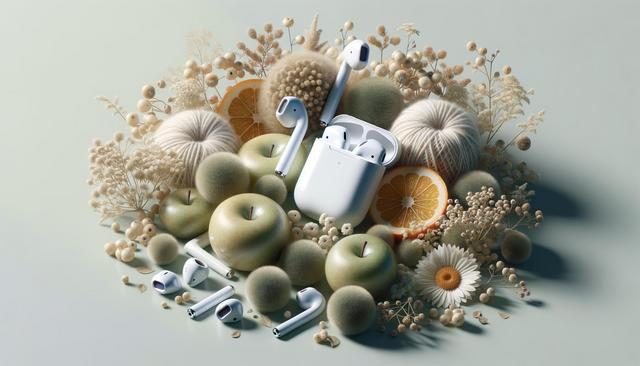Why Cleaning Your AirPods Matters
AirPods are an essential part of daily life for many users, offering convenience for music, calls, and virtual meetings. However, frequent use can cause a buildup of earwax, dust, and other debris. This not only affects audio performance but may also pose hygiene issues. Neglecting to clean them properly can lead to muffled sound, connection problems, or even long-term damage. To maintain both functionality and cleanliness, adopting a safe and effective cleaning routine is crucial.
Dirty AirPods can also contribute to ear infections, especially if they’re shared or stored in unsanitary conditions. Keeping them clean ensures that they remain hygienic and function as intended. Regular maintenance is a simple habit that can prevent costly repairs or replacements down the line.
Tools You’ll Need for Safe Cleaning
Before you begin, it’s important to gather the right tools. Using improper items like sharp objects or abrasive materials can damage the delicate components of your AirPods. Here’s a list of recommended tools:
- A soft, lint-free cloth (preferably microfiber)
- A dry cotton swab
- A soft-bristled brush or clean, dry toothbrush
- An optional cleaning putty designed for electronics
- Isopropyl alcohol (70% or lower), used sparingly
Always make sure your AirPods are disconnected from any device and powered off before cleaning. Avoid getting any moisture in the openings, especially near the speaker mesh and charging ports. Using the right tools will help you clean effectively without risking internal damage to the device.
Step-by-Step Cleaning Process
Start by wiping the exterior of your AirPods with a microfiber cloth to remove loose dirt and oils. For more stubborn spots, slightly dampen the cloth with water or a small amount of isopropyl alcohol. Be careful not to apply liquid directly to the AirPods. Clean the mesh areas where sound comes through using a dry soft-bristled brush or a cotton swab. Gently brush in a circular motion to dislodge trapped debris.
For deeper cleaning, especially in the speaker mesh, consider using a cleaning putty. Press it lightly onto the mesh and peel away to lift out dust and dirt. Avoid inserting anything into the mesh or microphone holes, as this can cause internal damage. If you notice any buildup in the charging case, use the same tools to clean inside, being cautious around the charging contacts.
What to Avoid When Cleaning
There are several common mistakes that can cause more harm than good when cleaning your AirPods. To ensure you’re not unintentionally damaging your device, avoid the following:
- Do not use sharp objects like toothpicks or needles
- Avoid using compressed air, which can force debris further inside
- Do not immerse AirPods in water or cleaning solutions
- Never use household cleaners or bleach-based products
AirPods have sensitive components that can easily be damaged by moisture or pressure. It’s also important not to scrub too hard on any surface. Gentle cleaning is more effective and far safer in the long run.
How Often Should You Clean Them?
The frequency of cleaning largely depends on usage patterns. If you use your AirPods daily, a quick wipe-down every few days and a more thorough cleaning once a week is advisable. Those who use them during workouts or in dusty environments may need to clean them more often.
Here are a few signs that it’s time to clean your AirPods:
- Sound becomes muffled or distorted
- You see visible debris or earwax
- They don’t charge properly in the case
- You notice discomfort or irritation after use
Making cleaning part of your regular routine will help preserve the audio quality and overall hygiene of your AirPods. It also lets you spot any early signs of wear and tear before they become serious issues.
Conclusion: Keep Your AirPods Clean and Functional
Maintaining clean AirPods is a straightforward yet essential task for anyone who uses them regularly. With the right tools and techniques, you can keep them in top working condition without risking damage. Avoid harsh chemicals, stay away from sharp objects, and be consistent with your cleaning schedule. A little care goes a long way in protecting both your device and your ears.






